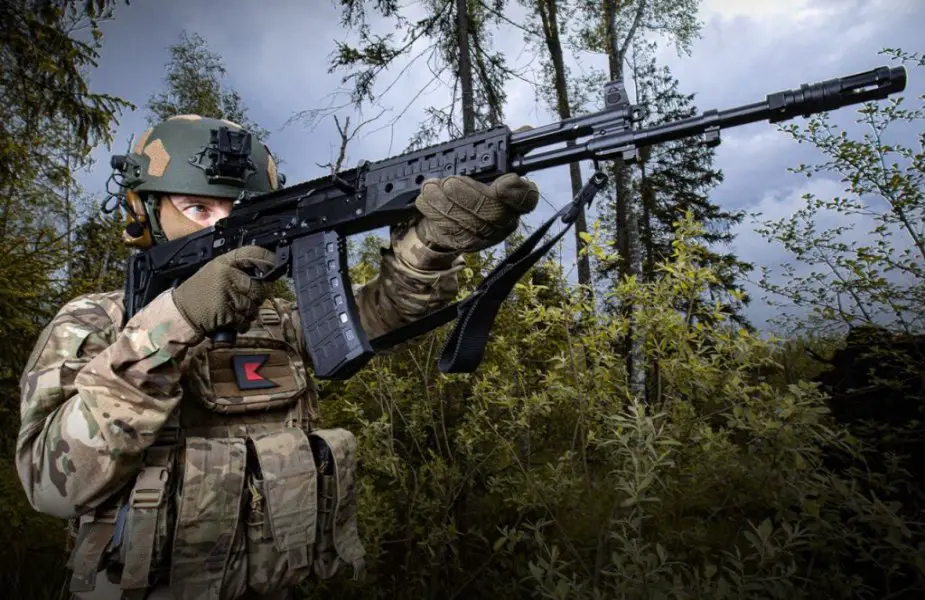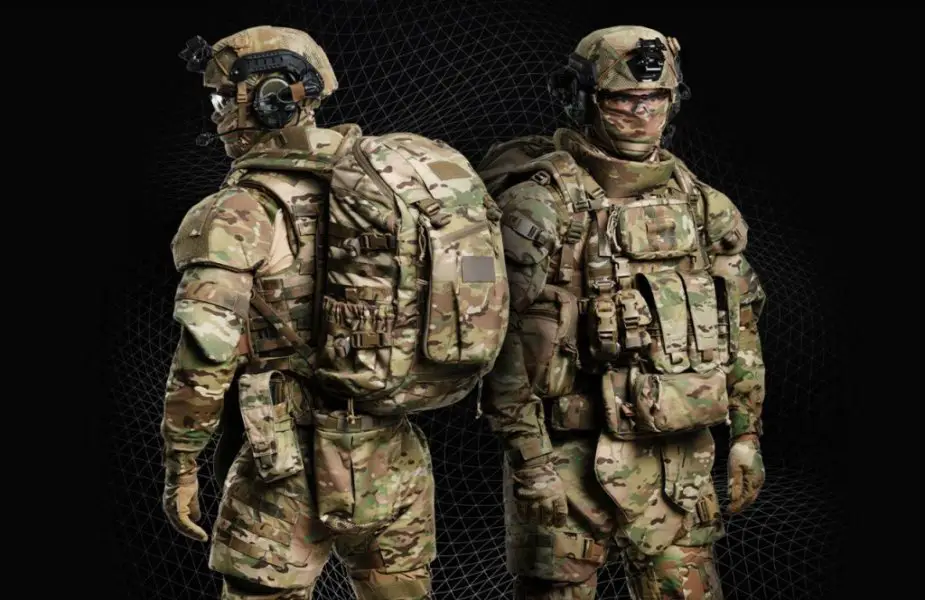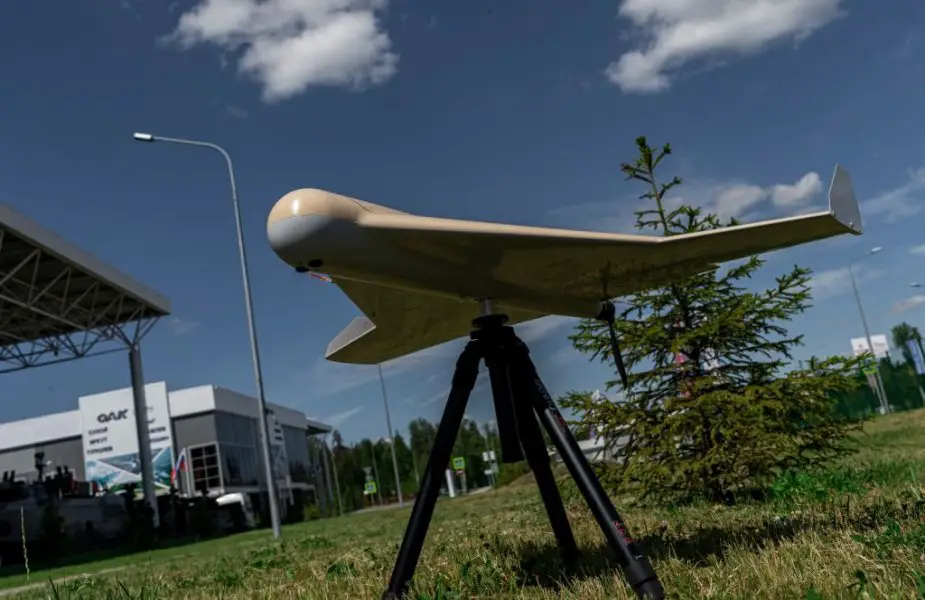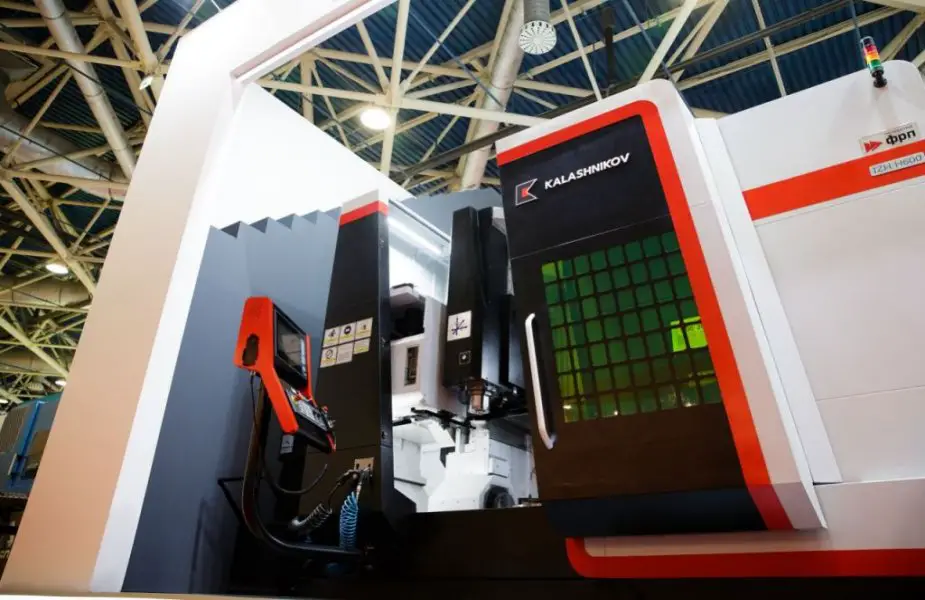After two years of significant economic sanctions, and ten years if we count the initial Western sanctions imposed on Russia following the invasion of Crimea, Russia has surprisingly not felt the impact of these sanctions as severely as anticipated. For the Russians, the industry has been the key to circumventing the effects of these sanctions. Among these industries, the Kalashnikov Group stands as a cornerstone. The Kalashnikov assault rifle, a timeless classic in small arms produced by the Russian and international defense sector's Kalashnikov company, is no longer the group's sole focus.
Follow Army Recognition on Google News at this link

AK 12 demonstration from Kalashnikov demo team (Picture source: Калашников)
In the realm of light arms, Kalashnikov manufactures its assault rifles at the Izhmash factory. The innovations from this factory provide a technological edge to Russian forces, which are now gradually being equipped with 5.45 mm AK-12 rifles, their modernization influenced by combat experience in Ukraine. In 2023, the number of AK-12s distributed to military units nearly doubled from the previous year, with between 25,000 and 50,000 units distributed annually.
Kalashnikov, which supplies precision rifles and pistols to the Russian armed forces, is now preparing to start mass production of the modular Lebedev pistol and the 6P72 "Boa" pistol, both developed by the Central Research Institute of Precision Engineering. These models aim to equip fighters involved with the Ratnik modernization program. This institute, integrated into the Kalashnikov Group in 2021, is known not only for its small arms but also for innovations such as APS and SPP-1 underwater weapons, the Kornet anti-tank missile guidance system, as well as the Nona and Lotos self-propelled guns. It is also dedicated to the development of ammunition and the design of next-generation military equipment as part of the Ratnik modernization program for forces.
The Ratnik program also modernizes the ammunition used by the forces, including all calibers, with Kalashnikov also focusing on the 9M333 munitions, produced since 2021, and equipping the Strela 10 system. The Strela 10 is an anti-vehicle missile launcher originally intended for air targets. However, the company is developing many projects on these munitions, such as the Vikhr-1 guided missiles intended for Ka-52 Alligator reconnaissance and attack helicopters, equipping the Russian armed forces since 2022. These missiles can be fired up to 10 km away, with a flight speed exceeding 600 meters per second.
In the protection and defense aspect of the Ratnik program, Kalashnikov uses its subsidiary, JSC Research Institute of Steel, for its armored protection equipment. Thus, in 2023, the dynamic protection complex created for the BMP-3 was adopted by the army, and its mass production was organized to strengthen the Russian troops present in Ukraine.
For individual soldier equipment, Kalashnikov's subsidiary, Triada-TKO, produces Strelok combat equipment sets for the Russian armed forces. The Strelok package includes a uniform with Multicam camouflage patterns, a bulletproof vest equipped with additional protection, as well as the complete set of combat gear, including a backpack, helmet, pouches for the combat vest, and more. These elements equip forces currently present in the Ukrainian zone.

Strelok by kalashnikov group presentation (Picture source: Калашников)
Land equipment is not the only solution for Kalashnikov in its production capabilities. The Kalashnikov Group now owns the Nobel Brothers Shipyard and the Rybinsk Shipyard. Kalashnikov has chosen to open these dry docks to civilian infrastructures. As a result, in 2023, two crab fishing vessels, "Sergey Prikhodko" and "Vladimir," left the Nobel Brothers Shipyard, capable of transporting and storing up to 120 tons of live crab. The Rybinsk Shipyard is distinguished by its ability to independently develop and implement boat projects, including for the Russian Navy. For example, the shipyard is building a range of combat boats: the "BK-16" high-speed transport and landing boats and the "BK-10" high-speed assault and landing boats.
Regarding modern high-tech warfare, Russian drones are often created based on foreign drone models. For example, the GERAN 2 drones are based on the Iranian Shahed 136 drones. However, in 2023, Kalashnikov opened a new division in which the nonprofit "Izhevsk Unmanned Systems" was integrated, focusing its production on the "Kub" UBB drones and modernizing ground launchers and control and test vehicles.

UBB "KUB" surveillance and targeting Drone (Picture source: Калашников)
Thus, Kalashnikov encompasses a wide range of development partners within the Russian Federation to create a truly versatile group. However, its arms exports are subject to sanctions, leading Kalashnikov Group to operate predominantly within the national market, with minor exports. Kalashnikov's revenue has increased year by year, with a significant jump since the start of the large-scale war in Ukraine. In 2020, the revenue was $267 million (27 billion rubles), and in 2023, some observers indicate, unverifiably, that the revenue is around $600 million (55 billion rubles).
The area that provides a real advantage to the Kalashnikov Group is the production and sale of high-precision machine tools. This sector meets a need in Russia for very high-precision parts previously purchased at high prices abroad. Kalashnikov announces that its machine tool production has increased by 65%; the group's production linked to the use of these machines jumped by 28% in 2023, making advancements in armaments more autonomous in terms of materials. The Chukavina precision rifle, the successor to the iconic SVD, and the AK-12 have seen developments in 2023, the year this division of Kalashnikov was commissioned to create high-precision parts.
In conclusion, Kalashnikov today represents a leading and significant player in the Russian arms market, but across a very wide range of fields. Its size and production rank enable it to solve supply problems caused by Western sanctions. Thus, operating in a closed loop within the Russian economy, and benefiting from significant support linked to exports and a strong presence in international markets, the company manages to solve the technological development shortfall of the Russian armament industries.

IZH H600 high precision tool (Picture source: Калашников)
Defense News April 2024
















